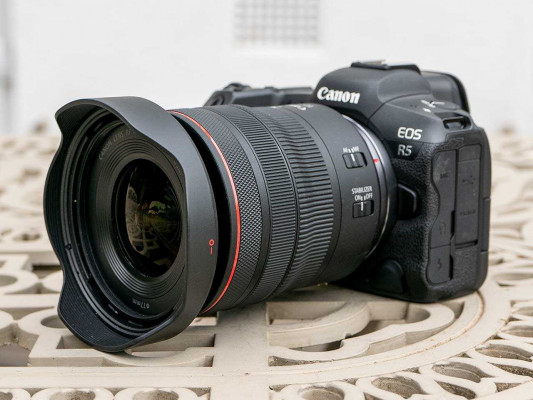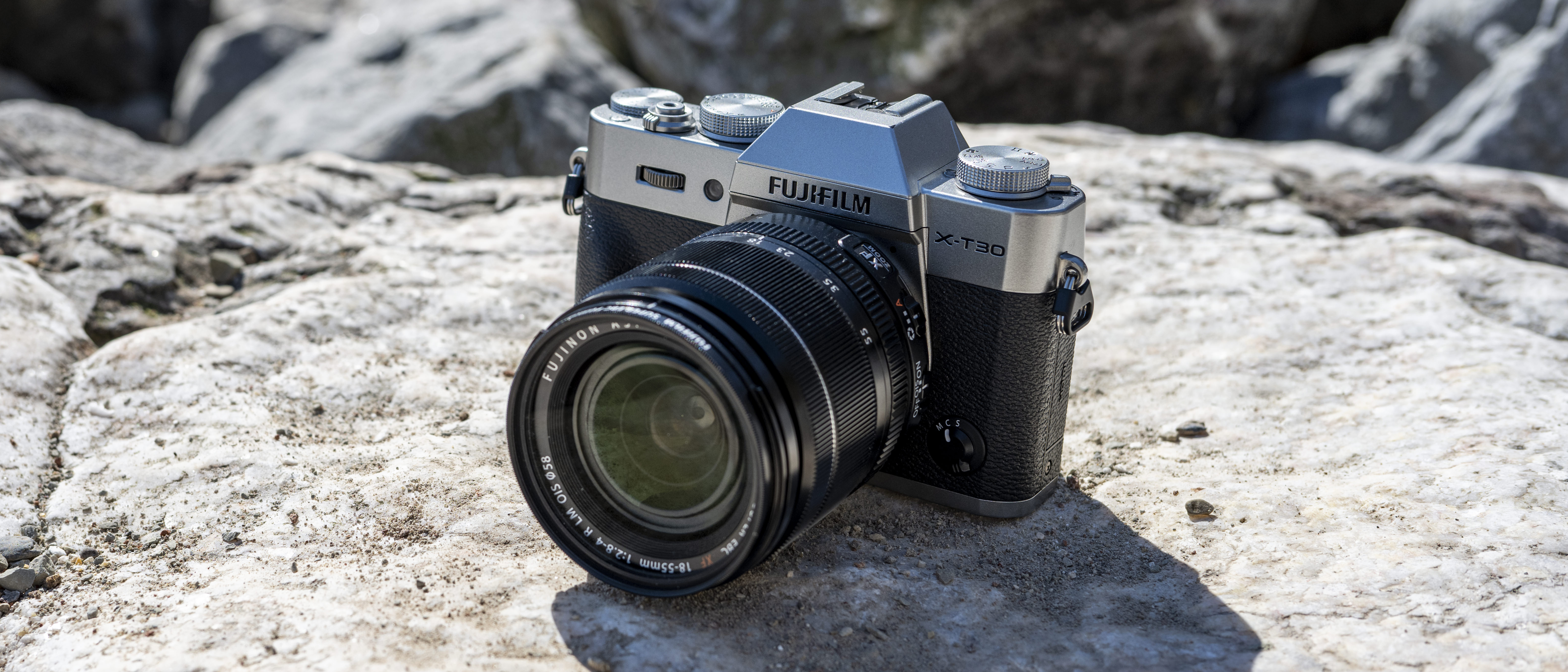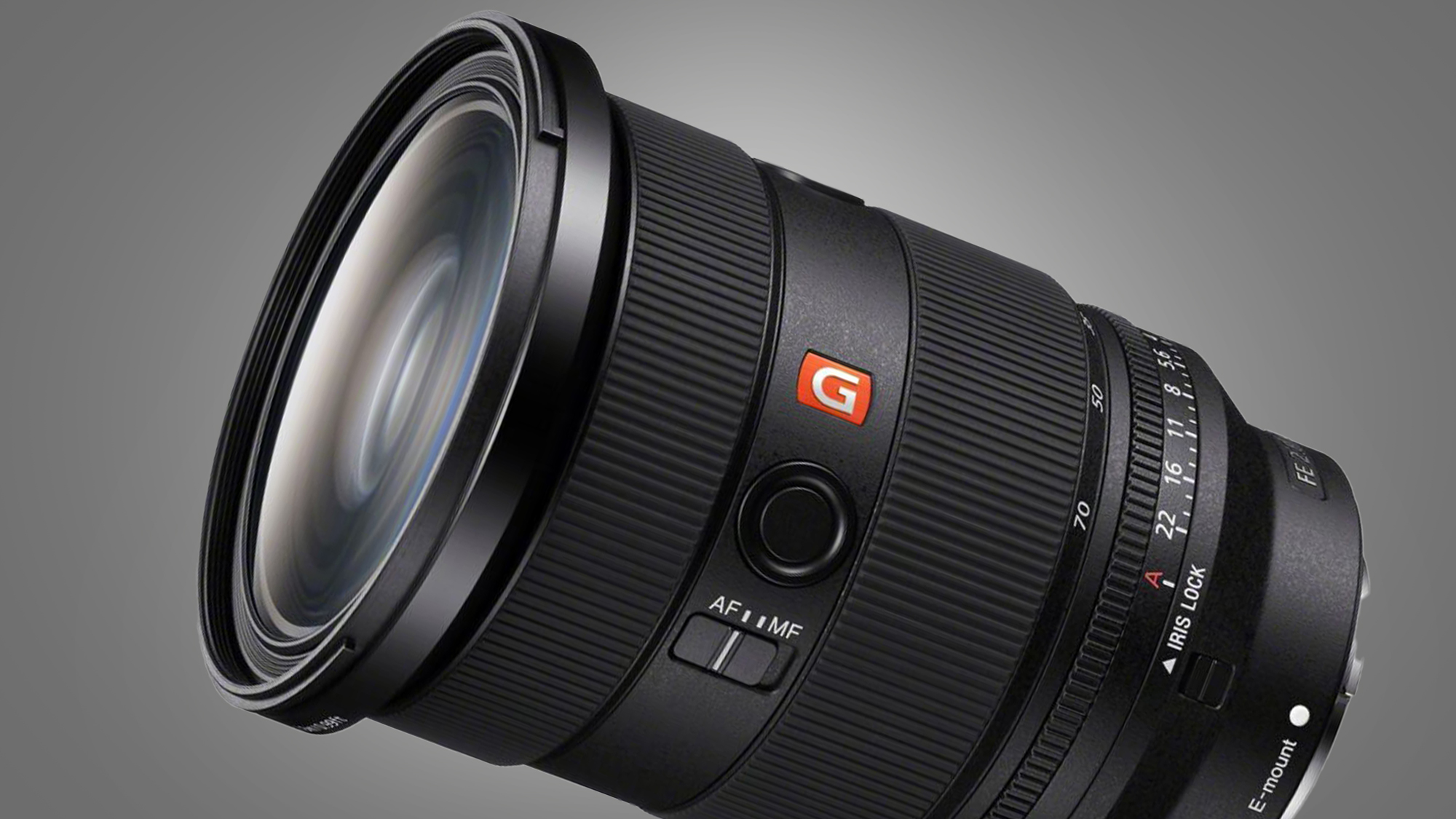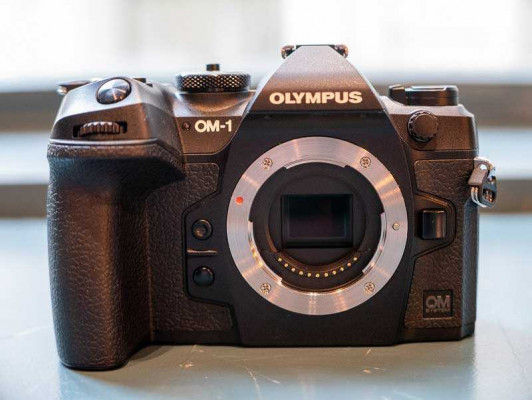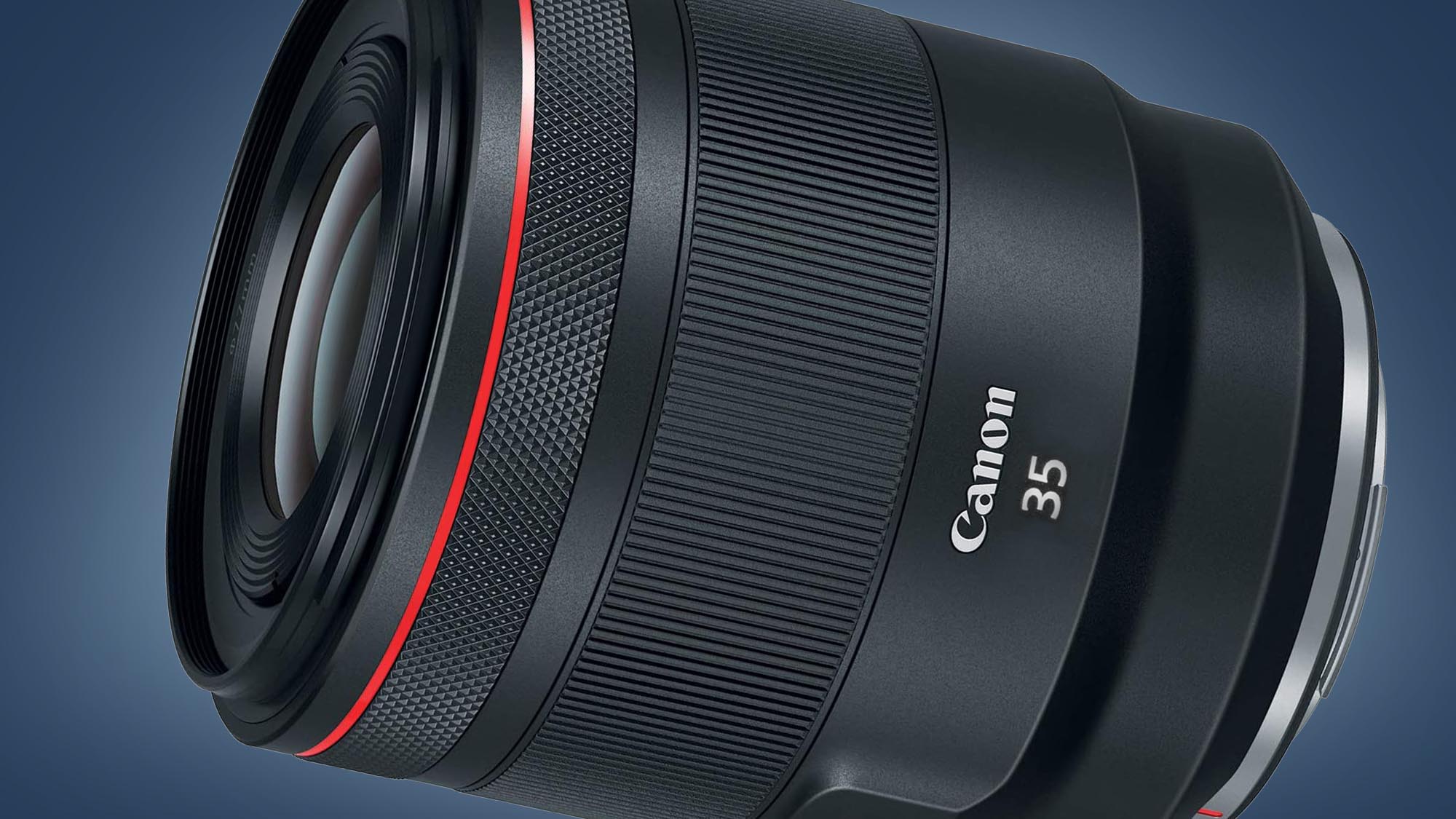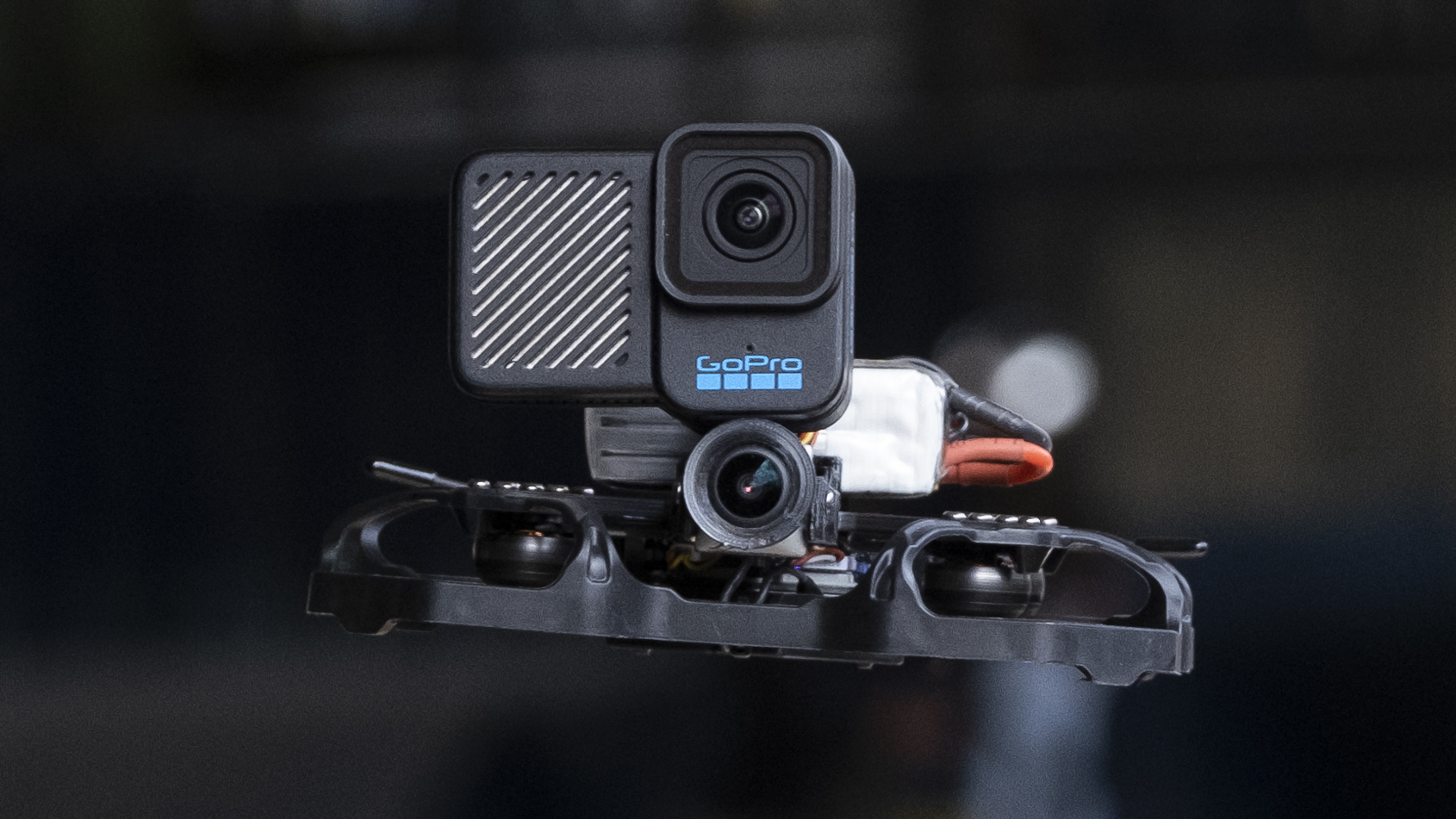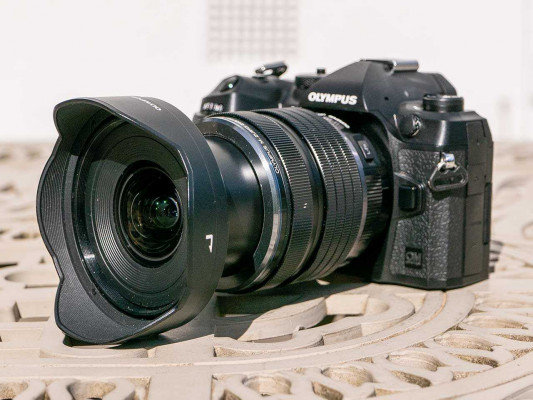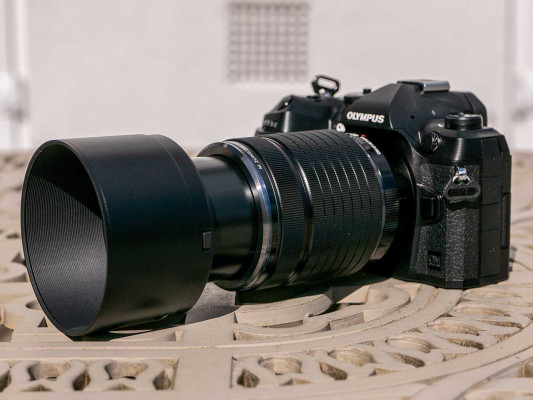Reviews

DJI Mavic 3 Cine
DPReview LatestIntroduction
 |
Editor's note: Shortly after this review was published, DJI quietly released a firmware update for the Mini 3 Pro which added the ability to capture 10-bit video when using the D-Cinelike video profile. You can read more about it here.
The Mini 3 Pro is the newest model in DJI's series of lightweight, sub-250g drones and the most exciting in the series so far. DJI seems poised to reset expectations for what consumers can expect in such a compact model.
DJI introduced the original Mavic Mini, with a small, 1/2.3" sensor and basic features, back in October 2019. A bit over a year later, it ditched the 'Mavic' moniker with the Mini 2. The Mini 2 added important features, such as Raw photo capture, but still had the same small sensor and lacked important features like obstacle avoidance. In contrast, the Mini 3 Pro boasts a larger 1/1.3" sensor with a fast F1.7 lens, has a gimbal that can shoot vertically, 3-direction obstacle avoidance, and still weighs less than 250g (8.8 oz.).
The benefit of purchasing a sub-250g drone is that, in most territories, there's no need to register unless you plan on using the drone for professional purposes. Other places in the world restrict drones that weigh more than 250g at takeoff.
The Mini 3 Pro's camera can capture 48MP photos and 4K/60p video, a first for a drone in its class. DJI's APAS 4.0 should allow the drone to detect and bypass obstacles, while ActiveTrack 4.0 promises the ability to select and track subjects, including cars and people. This makes it easier to create professional-grade footage.
Of particular note is a new 'Intelligent Flight Plus' battery, which gives the aircraft a staggering 47 minutes of flight time but causes the drone's takeoff weight to exceed 250g. The Mini 3 Pro's standard battery still delivers a healthy 34 minutes of flight time – three minutes longer than the Mini 2.
Finally, a brand new remote, the DJI RC, was announced alongside the Mini 3 Pro. In most ways, it's a vast improvement over the previous RC Pro. Is all this enough for existing users to upgrade from the Mini 2 or replace a different model? Let's find out.
Jump to:
Aircraft| Photo and Video| Flight Modes | What it's like to fly | Conclusion | Samples
Key Features
- 48MP, 1/1.3" CMOS sensor
- 24mm (equiv.) lens with 82.1º FOV and a fixed F1.7 aperture
- 4K/60p video
- Up to 4X digital zoom
- H.264 and H.265 recording at 150 Mbps
- D-Cinelike and Normal video profiles
- Raw and JPEG image capture
- OcuSync 3.0 (O3) 1080p/30p image transmission (12 km range)
- Three-way obstacle avoidance (front, back, bottom)
- APAS (Advanced Pilot Assistance System) and ActiveTrack 4.0
- 'MasterShots' cinematic capture mode
- 47-minute flight time (with Intelligent Flight Plus battery)
- Under 250g at takeoff (with standard battery)
Compared to...
When it comes to camera sensor size, image quality, video resolution, obstacle avoidance and flight time, the Mini 3 Pro either equals or, in most cases, exceeds the Mini 2 and its closely-priced sibling, the Mavic Air 2.
The Mini 3 Pro can be purchased without a remote, starting at $669, since it's compatible with the same RC-N1 controller that powers the Mini 2, Mavic Air 2, and Air 2S. The DJI RC Pro remote, introduced with the Mavic 3 series, is also compatible. A version that includes the RC-N1 remote costs $759, and spending $909 will get you the Mini Pro 3 with the new RC remote.
| DJI Mini 3 Pro | Mini 2 | Mavic Air 2 | |
|---|---|---|---|
| Price |
$669 (without remote) $759 (with RC-N1 remote) $909 (with RC Pro remote) |
$449 | $799 |
| Camera |
48MP 1/1.3" sensor |
12MP 1/2.3" |
48 MP 1/2" sensor |
| Lens | 24mm (equiv.) F1.7 | 24mm (equiv.) F2.8 | 24mm (equiv.) F2.8 |
| Video transmission |
O3, 12km, 1080p |
OcuSync 2.0, 10km, 720p |
OcuSync 2.0, Dual Antenna, |
| Max video resolution | 4K/60p | 4K/30p | 4K/60p |
| Video bit-rate | 150 Mbps | 100 Mbps | 120 Mbps |
| Video |
D-Cinelike Normal |
Normal |
D-Cinelike Normal |
| Core Intelligent Functions |
APAS 4.0 Hyperlapse Spotlight 2.0 QuickShots |
QuickShots |
APAS 3.0 Hyperlapse Spotlight 2.0 |
| Obstacle avoidance sensors | Forward, Backward, Downward | None | Forward, Backward, Downward |
| Flight time |
34 minutes (with standard battery) 47 minutes (with Intelligent Flight Plus battery) |
31 minutes | 34 minutes |
| Dimensions | 145x90x62 mm | 131x81x58 mm | 180x97x84 mm |
| Weight | 249g | 249g | 570g |
Aircraft and controller
At 145x90x62mm (5.7 x 3.5 x 2.4 in.) folded down, the Mini 3 has a longer, wider, and more robust frame than its predecessor. The propellers are longer, and the frame’s material is lighter to keep it under 250g. The 3850mAh batteries are inserted into the back of the aircraft. There aren’t any lights or a button to power them on; they must be inserted in the drone or charging station to get an indication of how much charge is left.
The Mini 3 has a three-way obstacle detection and avoidance system. Sensors can be found on the aircraft's top, bottom, and rear. There are no sensors on the sides. This is similar to the Mavic Air 2, whereas the Mavic Mini and Mini 2 don't have any such sensors. There is no auxiliary light on the bottom for landing.
 |
| The sensors on the top of the aircraft also give it backward-facing obstacle avoidance capabilities. |
APAS 4.0 isn’t DJI’s latest autopilot system, with version 5.0 found on more advanced models, including the Mavic 3 series. It automatically identifies obstacles and creates a path around them and is highly effective when recording up to 2.7K/30p video. While it works with 2.7K/60p video, I didn't find that it wanted to bypass obstacles and halted the drone on my own. APAS does not work when 4K video is activated.
The Mini 3 Pro can be purchased without a remote since it's compatible with the RC-N1 controller. If you already have a Mini 2, Mavic Air 2, Air 2S, or standard Mavic 3, you can use that same controller to power this drone. It’s lightweight and can accommodate most smartphone models. Clamping them in is a bit awkward.
 |
| The DJI RC remote, with four built-in antennas, has some improvements compared to the DJI RC Pro. There is also a microSD card slot on the bottom for memory expansion. |
The DJI RC remote comes with the Mini 3’s top-of-the-line Fly More Combo. It is a vast improvement over the DJI RC Pro, which is also compatible. Lightweight (385g vs. the DJI RC Pro's 680g weight) and ergonomically friendly, the wheels, found on top of the remote to adjust the gimbal tilt and digitally zoom in and out, are more pronounced and make maneuvering the camera a breeze. There are slots for the joysticks, and their base is thicker.
The front of the remote is also pared down. Instead of having a back button, you simply swipe the screen to navigate the app. When testing out the Mavic 3, I left the joysticks screwed into the remote and put it in the carrying case. One of them bent and couldn’t be used. This doesn’t seem like an issue with the RC controller. They are sturdier and have a dedicated slot for storage.
The screen also tended to darken on the DJI RC and had to be adjusted while flying. The 5.5”, 700 nit touchscreen on the RC Pro consistently stays bright, and the picture remains crystal clear, even when flying at longer distances.
Photos and video
The Mini 3 Pro's camera has a 48MP, 1/1.3" CMOS sensor (which we suspect is this sensor from Omnivision). It includes dual native ISO (two conversion gain modes), supports tone-mapped HDR footage (greater range squeezed into an SDR space) and is capable of capturing both 12MP and 48MP images. It uses a 24mm (equiv.) F1.7 fixed-aperture lens that delivers an 82.1º FOV. It rests on a 3-axis mechanical gimbal that can rotate to portrait orientation. First found on the original Mavic Pro, this feature allows users to shoot social media-friendly vertical images without sacrificing quality due to cropping from a landscape image.
 |
You can use a few different modes to shoot photos: single, 48MP, AEB in brackets of 3 and 5 images, Burst Mode, and Timed Shots. SmartPhoto, introduced with the Mavic Air 2, which also offers 48MP photos, is not available on the Mini 3. This feature, which adjusts major elements including sun, skies, and trees, seems to have been discontinued.
While 48MP images contain more data and are higher-quality, you can only shoot them as a single image. Shooting in Burst, AEB, or Timed modes automatically gives you a 12MP shot. When you shoot 48MP, you should ensure you have your settings optimized as you won't have several different frames to work with in post-processing.
 |
| The Mini 3 Pro has an F1.7 aperture and ISO that goes to 6400, making night shots possible. |
The Mini 3 is the first sub-250g drone to offer 4K/60p video at 150 Mbps with either an H.264 or H.265 codec. It also shoots 4K/30p video in HDR. 1080p/240p Slow Motion video is available as well. It's worth noting that shooting at any frame rate over 2.7K/30p will disable APAS 4.0 and FocusTrack. This means that stopping and bypassing obstacles, plus tracking and following subjects, is not possible while recording 4K video.
 |
| The Mini 3 Pro camera has an F1.7 fixed aperture and can digitally zoom in on subjects up to 4X when recording 1080p footage. |
The D-Cinelike color profile is included on the Mini series for the first time. This means that more shadows and highlights can be recovered in post-processing. The drone can zoom in on subjects up to 2X when recording at up to 4K/30p, 3X with 2.7K/60p, and 4X in 1080p.
As a result of the camera's larger sensor with dual gain, and F1.7 aperture, the quality of the imagery captured on the Mini 3 Pro is superior to the comparable Mavic Air 2 and Mini 2. The color profile resembles that of the Air 2S or Mavic 3 series. Even in low-light situations, I didn't get much noise or graininess in my imagery.
The Mini 3 Pro only has 1.3GB of internal onboard storage. Therefore, you're going to want to remember to bring a Class 3 or higher microSD card with up to 512GB of storage. There's a slot in the back of the aircraft to insert one, and there is also a place at the bottom of the RC Pro remote.
The DJI Fly app and flight modes
The Mini 3 Pro uses the DJI Fly app, which also powers the other Mini drones, Mavic Air 2, Air 2S and even the Mavic 3 series. First introduced in November 2019 with the Mavic Mini, the pared-down, intuitive interface showcases all the photo, video, and Intelligent flight mode settings on the same screen with a multi-tiered menu.
Toggling between Manual or Auto Focus, Zooming in or out without using the gimbal wheel, and switching from Landscape to Portrait orientation is straightforward. The three dots at the upper-right-hand corner of the app allow you to access more advanced settings, including D-Cinelike video mode, photo sizes and formats, gimbal calibration, and operating frequencies.
 |
| Portrait mode tilts the gimbal 90º and allows you to take vertical shots without losing any data. |
One feature that's notably missing is ADS-B, which means no AirSense. Available on DJI's FPV drone, the Air 2S and Mavic 3 series, AirSense notifies you when crewed aircraft are nearby.
DJI has equipped the Mini 3 Pro with ActiveTrack 4.0 for increased accuracy in tracking subjects during automated flights. There are three different ways to use this feature: Point of Interest (POI), Spotlight, and ActiveTrack. POI, which requires you to draw a box around a subject before it flies a complete circle around it, and Spotlight, a mode that allows you to fly the drone however you want while the designated subject remains in the center of the frame, work well.
Unfortunately, I wasn't able to get ActiveTrack to work. Right now, DJI says that the Mini 3 will recognize either cars or people. The app said it didn't recognize the subject when I tried tracking both. Hopefully, this issue gets rectified in a future firmware update.
The usual QuickShots, including Dronie, Circle, Helix, Rocket, Asteroid and Boomerang, are available on the Mini 3 Pro. Hyperlapse and Panoramas, which can be captured in various sizes and orientations, are also included and are functional.
MasterShots, introduced with the Air 2S and included on the Mavic 3 series, is also available on the Mini 3. This feature performs a variety of automated QuickShot movements, including Dronie, Helix, Boomerang and Circle. It then stitches them together automatically for an instantly shareable clip. Note that if you want MasterShots to stitch your clips together, you'll need to do it with the version of the app on your smartphone and not the RC remote.
 |
| The Fly app gives you the option to brake in front of or bypass obstacles. If you're shooting in a mode where it isn't activated, the green on the screen above will turn red. |
DJI gave the Mini 3 vertical shooting for effortless creation of social media-friendly content. What's curious, however, is that you can only shoot photos and video clips in this orientation. Features like QuickShots, MasterShots, or Hyperlapse – all of which should be great for social media – don't work in the vertical orientation.
What's it like to fly?
I've had nothing short of a pleasant experience when flying the Mini 3 Pro. This little machine was put to the test and did not disappoint, for the most part. It's also pretty quick to set up and lock on to GPS signal. Within a minute, you're ready to take off.
The original Mavic Mini drone was quite noisy for such a tiny machine. The Mini 2 was improved, and this iteration is even better. There aren't any shrill sounds upon take-off, and the drone flies as fluidly and smoothly as the Mavic 3 series or Air 2S. It really is a triumph in engineering.
I've had nothing short of a pleasant experience time and again when flying the Mini 3 Pro
While on a trip to a beautiful, remote and quite windy location, I put the Mini 3 Pro to the ultimate test. Launched in conditions with 50 km/h (31 mph) winds, the drone, which has 10.7 m/s (23 mph Level 5) wind resistance, handled maneuvers beautifully and held its own alongside two other Mavic 3 Pros I spotted flying in the same space.
 |
| The Mini 3 Pro is equipped with sensors for downward-facing obstacle avoidance. |
The RC controller consistently delivers crystal clear transmission, and, for the first time, I didn't lose my connection while flying a DJI drone. The unfortunate reality is ActiveTrack doesn't seem to be working yet. FocusTrack is unavailable when shooting 4K footage or anything above 30 frames per second. However, capturing video is a breeze. It's probably wise to adjust settings in-app first as the joysticks and gimbal wheels are sensitive and can make abrupt movements, even in Cinematic mode.
I truly enjoyed every single flight with this little drone and am very impressed with the design and resiliency.
Odds and ends
The Mini 3 Pro is equipped with DJI's O3 (OcuSync 3.0) transmission technology. It can fly a maximum distance of 18km (11 miles) with the Intelligent Flight battery and 25km (15.5 miles) with the Intelligent Flight Battery Plus. Obviously, you'd never want to fly the Mini 3 Pro this far. All this means is that there likely won't be any latency between the aircraft and the remote.
The RC Pro remote supports both 2.4GHz and 5.8GHz frequency bands like its predecessor. There are four built-in antennas for enhanced connectivity. In ideal conditions, the Mini 3 Pro can fly up to 47 minutes with an Intelligent Flight Plus battery and 34 minutes with a regular one. The Mini 3 can travel at up to 58 km/h (36 mph) in Sport mode.
The Mini 3 Pro Fly More combo comes with a set of 3 ND filters – ND16, ND64 and ND256. With a fixed F1.7 aperture, you will need to apply one of these during daylight hours. I didn't receive a set of these filters, so I did my best to record video clips without following the 180º shutter rule. The only way you can tell if your battery is fully charged or needs more juice is to insert it into the drone and power it on or place it in the charger.
Who's it for?
Before I get to this, one thing should be made clear: if you purchase the Mini 3 Pro with the Intelligent Flight Plus batteries that give you up to 47 minutes of flight time, it will put the drone over 250g at takeoff. In many territories, you will need to register it before you fly. If you choose to stick to the regular Intelligent Flight batteries that yield up to 34 minutes of flight time, it's not mandatory to register it in the US – unless you plan on using it for professional purposes. Always check your local laws and regulations before proceeding.
The DJI Mini 3 Pro is clearly designed with consumer users in mind, given the fact that MasterShots is still promoted heavily, and they've brought back the vertical photo feature. However, given how easy it is to carry around and get into the air, it could very well transcend the use of your typical traveler and be a backup or fun drone for a professional flyer as well. However, DJI's drones with a larger 20MP 1" CMOS sensor may still be preferable for professional purposes since they include cameras with variable apertures, making it easier to adjust exposure settings in-flight and less need for ND filters.
Anyone looking to upgrade from their Mini 2 or Mavic Air 2, looking for enhanced features and connectivity, may find the Mini 3 Pro a helpful upgrade. However, the starting price is steeper than the Mini 2, though slightly less than the Air 2.
Conclusion
There's no such thing as the perfect drone. However, I was pleasantly surprised by how well the Mini 3 Pro turned out. It's beautifully designed, maneuvers masterfully, handles challenging weather conditions brilliantly, flies quietly on an average of 45 minutes per battery charge (with extended battery), and maintains a solid connection with the controller.
What DJI has created is a must-have sub-250g drone
What DJI has created is a must-have sub-250g drone. With an improved remote control and quick connectivity to GPS, they've really built something spectacular that pilots beyond the hobbyist set can appreciate. However, it's unfortunate that some features, including FocusTrack and APAS 4.0, aren't functional when recording 4K video.
Overall, this drone signals a return to DJI creating some of the best consumer-grade drones around. It will be exciting to see what it does next based on the caliber of this latest release. The Mini 3 Pro is a triumph.
What we like
- 4K/60p video
- Up to 47-minute flight time (with extended battery)
- Vertical shooting
- RC Pro remote
- Aerodynamic design
What we don't
- Digital zoom
- ActiveTrack is not functioning yet
- Lack of ADS-B and AirSense
![]()
Sample gallery
Please do not reproduce any of these images without prior permission (see our copyright page).


